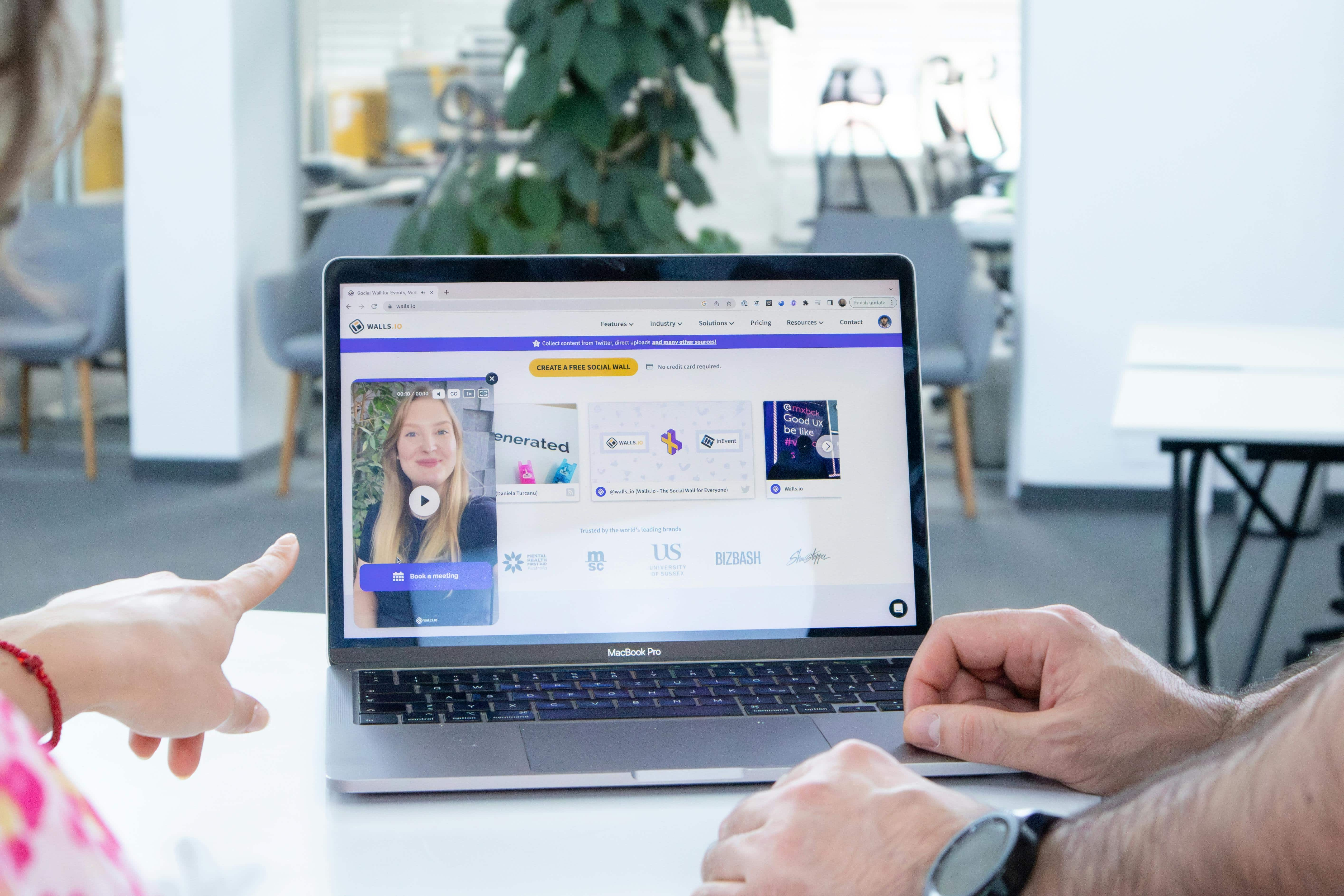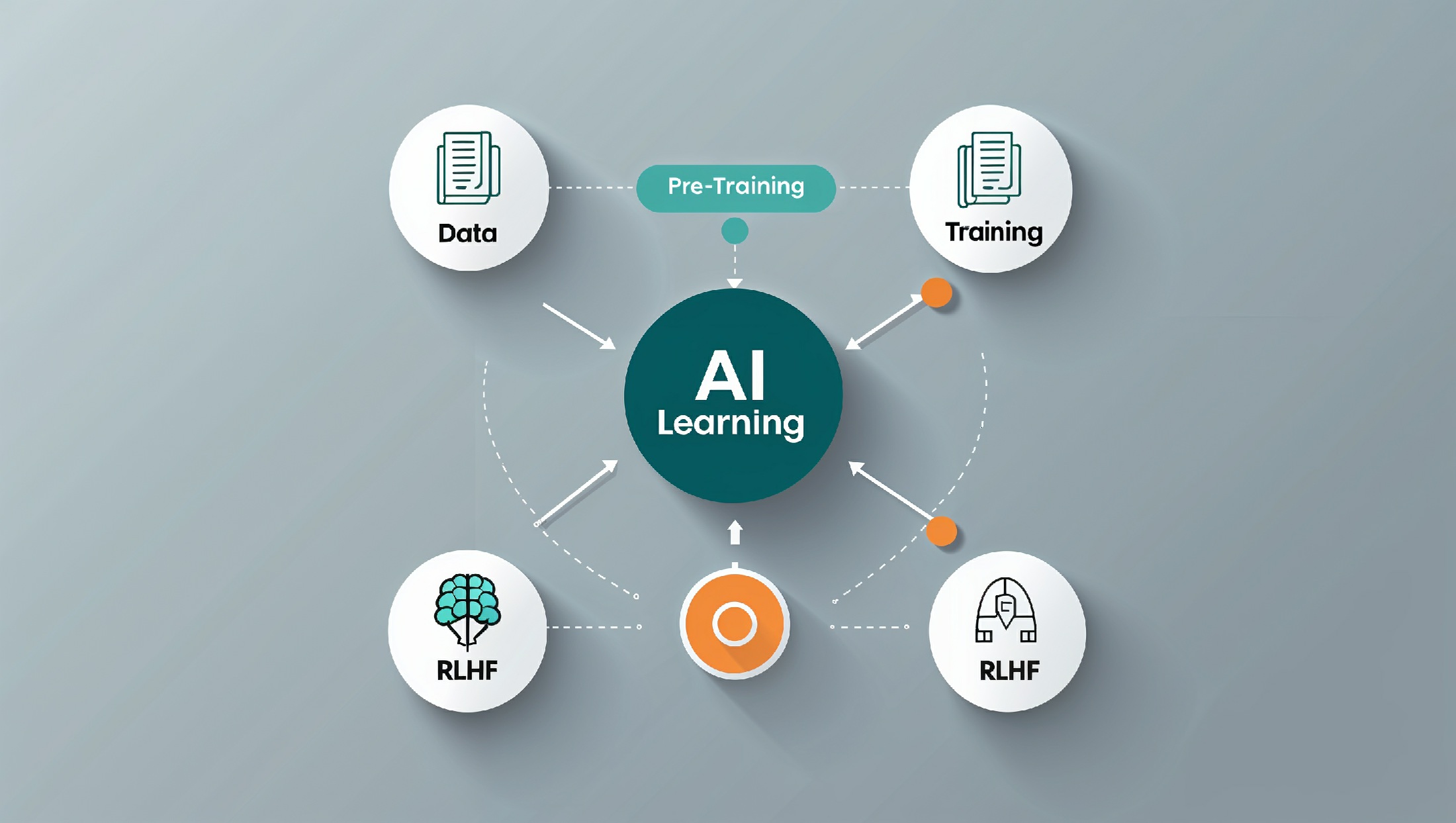Telemedicine has dismantled geographic barriers to care, but it has simultaneously highlighted a more stubborn obstacle: the language gap. For a hospital administrator or clinic director, the challenge isn't just finding someone who speaks Spanish or Mandarin; it is finding a medically qualified professional who can navigate the high-stakes environment of a virtual consultation without violating federal privacy laws.
Reliance on family members or ad-hoc translation apps is no longer a stopgap solution—it is a liability. This guide outlines exactly how to vet and hire medical interpreters for telehealth, ensuring clinical accuracy and strict HIPAA compliance.
1. The Non-Negotiable: Why "Bilingual" Is Not Enough
The most common mistake healthcare providers make is assuming fluency equals competency. A study published in the Annals of Emergency Medicine found that ad-hoc interpreters (family members or untrained staff) make significantly more errors with potential clinical consequences than professional interpreters.
When a patient describes "sharp" pain versus "dull" pressure, or when a physician explains a dosage titration, linguistic precision is a matter of patient safety.
What to look for:
Certified Medical Interpreters (CMI): Look for interpreters who have passed exams from the National Board of Certification for Medical Interpreters (NBCMI) or CCHI. They don't just know words; they know anatomy, physiology, and medical ethics.
Cultural Brokerage: A qualified interpreter does more than translate words; they interpret cultural nuances that affect compliance, such as dietary restrictions or views on medication.
2. The HIPAA Compliance Framework
In a telehealth setting, data flows through third-party channels, making Protected Health Information (PHI) vulnerable. Under the Affordable Care Act (ACA) Section 1557, providers are required to offer meaningful access to Limited English Proficient (LEP) patients, but this must be done within the confines of HIPAA.
If your interpreter is working from a home office, their environment matters as much as their encryption.
Your Vetting Checklist:
The BAA (Business Associate Agreement): Any agency you hire must be willing to sign a BAA. If they hesitate, walk away. This legally binds them to protect your patients' data.
End-to-End Encryption: Ensure the Video Remote Interpreting (VRI) platform uses 256-bit encryption.
The "Clean Room" Standard: Professional remote interpreters should work from a private, secure space—not a coffee shop. Ask your vendor how they audit their interpreters' workspaces to prevent eavesdropping.
3. Seamless Integration: The Technical Handshake
A medical interpreter is useless if it takes 15 minutes to get them on the call. In the fast-paced workflow of a clinic, the "click-to-connect" time is a critical KPI.
You need a solution that integrates with your existing EHR (like Epic or Cerner) or telehealth platform (like Doxy.me or Zoom for Healthcare).
On-Demand vs. Scheduled: Does your clinic need 24/7 access for the ER, or scheduled support for specialist follow-ups? Most robust services offer both.
Video vs. Audio: While audio is sufficient for administrative check-ins, video is essential for clinical assessments to capture non-verbal cues. Ensure the vendor supports high-definition video with low latency.
4. Cost vs. Value: Understanding the ROI
Viewing interpretation solely as an expense is a strategic error. According to the Journal for Healthcare Quality, patients with limited English proficiency have higher readmission rates when professional interpretation is not utilized.
Investing in high-quality medical interpretation reduces:
Diagnostic Errors: Preventing costly unnecessary tests.
Readmissions: Ensuring discharge instructions are actually understood.
Malpractice Risk: Miscommunication is a leading cause of malpractice claims in the U.S.
5. Choosing a Partner with Deep Linguistic Roots
When selecting a vendor, look for a history of handling complex data and nuance. You want a partner who treats language as a science, not a commodity.
This is where experience becomes the differentiator.
Artlangs Translation has established itself as a formidable presence in the linguistic landscape. With years of dedication to the industry, they have mastered the art of communication across 230+ languages. Their expertise goes far beyond simple translation; they are veterans in high-stakes environments.
Artlangs has built a reputation on precision and versatility, handling everything from video localization and short drama subtitles to game localization and audiobook dubbing. Their extensive background in multilingual data annotation and transcription means they understand the rigorous standards required for training AI and handling sensitive data.
When you hire a partner with a portfolio that includes complex multimedia projects and data-heavy transcription, you are getting a team that understands the weight of every word. For a healthcare provider, Artlangs Translation offers the perfect blend of technical capability, linguistic breadth, and the reliability needed to ensure your telehealth appointments are safe, compliant, and truly understood.
Ready to elevate your patient care?
Don't let language barriers compromise your clinical outcomes. Ensure your telehealth services are inclusive and compliant by choosing a partner with a proven track record in complex linguistic solutions.
Would you like me to help you draft a Request for Proposal (RFP) to send to potential interpretation vendors?











